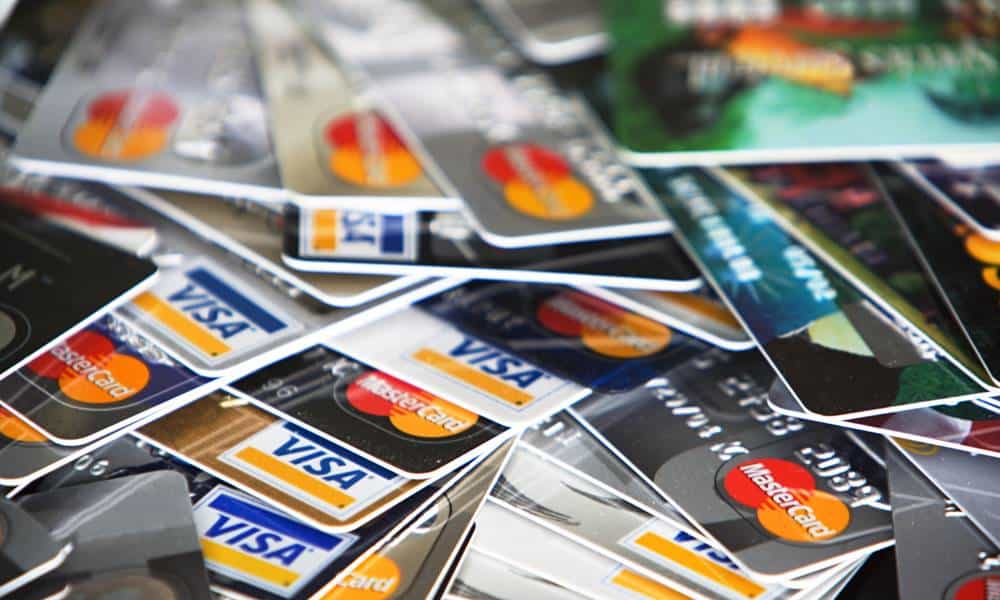Point of sale systems have become a necessity in any retail business, whether they be fledging stores or major retail owners in a broad region. In Europe, the online retail sales industry is expected to grow by more than 70 percent to reach $318 billion in 2018. Brick and mortar stores will always be around but with changes in the way consumers shop, retail business owners have to be ready to anticipate exponential growth in their sales should they start moving into eCommerce.
Although electronic cash registers can still do the job at this time, consumer trends have changed since then and getting a point of sale system has not only become a trend but more importantly, they have become a powerful tool to get important data about the business clientele and their buying habits. The point of sale system can be confusing but like any important business decisions you need to make, you will need to know the basics around this system. Service providers like Shopify can offer you the total solutions, whether you are trying to purchase one or several components of the POS system.
There are several components of the point of sale system and retail business owners have the option to purchasing, either individually or bundled, but, before going ahead with purchasing the entire kit, take the time know what each component does so you can decide on where to put the most of your funds to get the most out of this system.
This article will introduce you to magnetic card readers, readily available in many service kits, and how this works in conjunction with credit and debit cards.
Magnetic Stripes on Credit and Debit Cards
At the back of credit and debit cards, is a black-colored strip called magnetic strip or magstripe. This magnetic stripe has magnetic particles which are iron-based and contained in plastic-like films. Each of these particles acts like bars of magnet and are no bigger than 20 millionths of an inch, practically invisible to the naked eye. When the hand swipes the credit card during payment of a product or service provided, this provides the motion to move the tape on the magnetic stripe so it can be read.
Credit cards use two of the three tracks on the magnetic stripe. The third track uses a read/write format which holds the encrypted PIN, currency unit, country code, and amount authorized. This track is not standardized across the banking industry. The first track contains proprietary information for the card issuer as well as information on the primary account number. The second track is formatted to include the primary account number, country code, expiration date, and discretionary data.
How Magnetic Card Reader Works
Magnetic stripe reader, also known as magstripe reader, is a device that reads the encoded information on the credit card’s magnetic stripe. It can read via a computer program through a USB port, serial port, or even a keyboard wedge. Most magnetic card readers are swipe readers where the plastic is passed through the wedge on the magnetic card reader. Another type is an insertion reader which requires the cashier to insert the plastic then pull it out after the transaction has been authorized and is ready to print the authorization sheet for signing.
Magnetic card readers come with EDC software (electronic data capture). After the cashier swipes the card through the magnetic card reader, this EDS software used at the POS terminal will contact an acquirer via the stored telephone number. Acquirer refers to an organization in charge of collecting authorization requests made by retail stores and returns a payment guarantee to them. Once the authorization request has been acquired, the transaction is validated using the recorded information on the card magnetic stripe such as merchant ID, card number, expiration date, credit card limits, and card usage.
Sometimes, you may encounter various processing problems, like when the card processing returns an error. More often than not, this can happen when the magnetic stripe is scratched or dirty. Other times, the magnetic stripe may have been erased due to exposure to magnets such as what one may have at home or in the office to post notes or pictures on the refrigerator, for example.
Magnetic card readers are easy to use and will require very little training for cashiers. With many providers, magnetic card readers that come with the kit can accept credit and debit cards. It is critical too that information is secure such as when signatures are captured during sales transactions. For a small amount, you have the option of using a touchscreen to capture signatures for these customers. Add a thermal printing technology and you won’t have to bother about expensive toners or inks that run out periodically. Get smart by knowing all these POS system components and save money in the long run.

